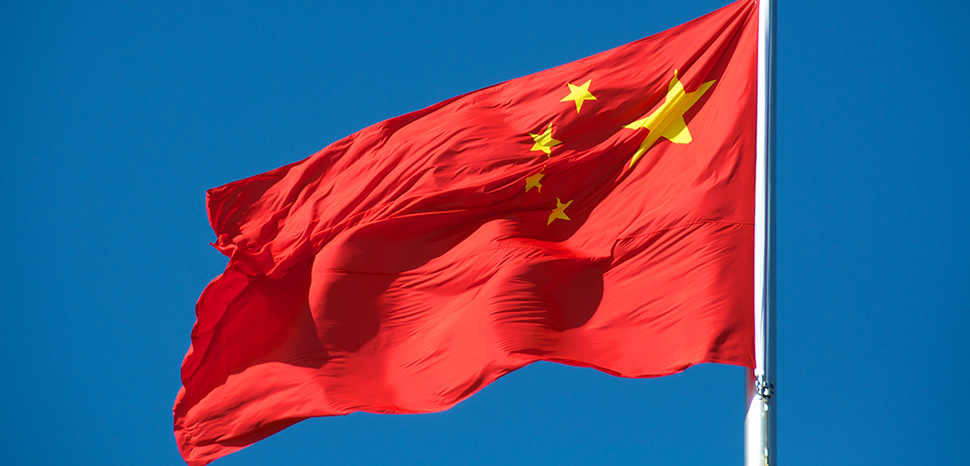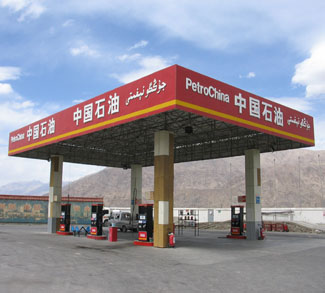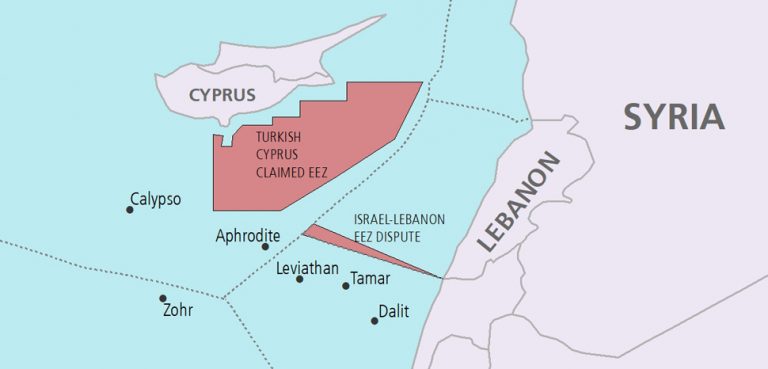The People’s Republic of China (PRC), now the world’s second-largest economy and the third most powerful military, aims, under the leadership of Xi Jinping, to establish itself as the global hegemon, surpassing the U.S. economically, militarily, and diplomatically by 2049.
During Xi Jinping’s tenure, especially since the commencement of his unprecedented third term, the PRC has grown increasingly assertive, posing a threat to the national security and foreign policy objectives not only of the United States but also of countries worldwide. The 2023 Threat Assessment by the US Intelligence Community indicates that China possesses the capability to challenge the current international paradigm in various regions and across multiple domains.
As per assessments from the U.S. intelligence community and other experts, the China threat in 2024 encompasses economic coercion, the spread of propaganda and misinformation, election interference, support for terrorism, territorial disputes, and the potential for war over Taiwan.
The Homeland Threat Assessment for 2024 by the United States Department of Homeland Security (DHS) indicates that “we expect the People’s Republic of China (PRC) will continue to use predatory economic practices to advantage its firms and industries over ours.” While the assessment is centered on the U.S., its repercussions are global. DHS foresees the PRC “continue to manipulate markets, employ economic espionage and coercive economic tools, and seek to illicitly acquire our technologies and intellectual property.” This economic coercion extends globally, affecting countries participating in initiatives like the Belt and Road Initiative (BRI), the Shanghai Cooperation Organization (SCO), BRICS, the Global Security Initiative, the China-Arab States Cooperation Forum (CASCF), and the Regional Comprehensive Economic Partnership (RCEP). Additionally, China’s influence is felt through advisory roles and dialogue partnerships in other regional trade agreements and groupings, such as the Association of Southeast Asian Nations (ASEAN).
Employing a comprehensive whole-of-government strategy, along with its civil-military fusion, Beijing is progressively integrating its expanding military capabilities with economic, technological, and diplomatic influence. The People’s Republic of China (PRC) leverages its crucial position in global supply chains, coupled with its role as a significant trade and investment partner, to influence other nations to align with its vision for reshaping the international order. This encompasses reinforcing its territorial claims over land, sea, and air space, coercing other nations to acknowledge the one-China policy, and recognizing Beijing’s sovereignty over Taiwan.
China’s adoption and heightened utilization of AI, coupled with extensive big data analytics capabilities, are not only strengthening Beijing’s economic coercion but also enhancing its espionage capabilities, cyber activities, and the impact of malign influence operations through increased dissemination of propaganda and misinformation. This aligns with the findings of the 2022 Department of Defense Report on Military and Security Developments Involving the People’s Republic of China, which suggests that the People’s Liberation Army (PLA) has successfully achieved the initial phase of its modernization objectives and is currently transitioning to the next phase, termed as the “intelligentization of the armed forces,” slated for completion by 2027.
Modernization and intelligentization of the PLA involve harnessing the power of AI, along with the capability to produce “low-cost, synthetic text-, image-, and audio-based content of higher quality.” China-generated AI content is increasingly visible on social media and websites, and it has even made its way into news media, shaping public opinion in ways that favor Beijing. The improved capacity to disseminate propaganda and misinformation strengthens Beijing’s election interference activities. Security analysts in both Taiwan and the United States have cautioned that Beijing has made attempts to influence their elections.
The PLA Navy and Air Force currently represent the most formidable indigenous forces in the Indo-Pacific region. They are actively strengthening their capabilities in weapons of mass destruction (WMD), including the PLA Rocket Force (PLARF), ICBM, and nuclear-capable missile forces. Additionally, there are plans to increase nuclear warhead production, with a focus on developing multiple independently targetable reentry vehicle (MIRV) capabilities.
In 2024, the PLA will persist in its endeavors to establish overseas military installations and secure usage agreements. The PLA has dual-use facilities in Argentina, Cambodia, Cuba, Djibouti, and Myanmar, along with ports capable of accommodating PLA Navy vessels in Sri Lanka and various other nations. Extending its reach beyond Earth, Beijing is already advancing its space warfare capabilities. Through space exploration and satellite launches, China is actively developing space-based weapons and enhancing its space surveillance abilities.
In conclusion, the year 2024 will witnesses a dynamic and assertive China, challenging the existing global order across economic, military, and diplomatic fronts. As the People’s Republic of China (PRC) maneuvers through its ambitious plans under the leadership of Xi Jinping, concerns intensify regarding its influence on international affairs. China’s diversified approach, encompassing economic coercion, military advancements, and the strategic use of technology and intelligence, highlights the complexity of the evolving global landscape. Navigating the challenges posed by China’s growing influence in the years ahead requires a comprehensive understanding of the dynamic interplay between these factors.




